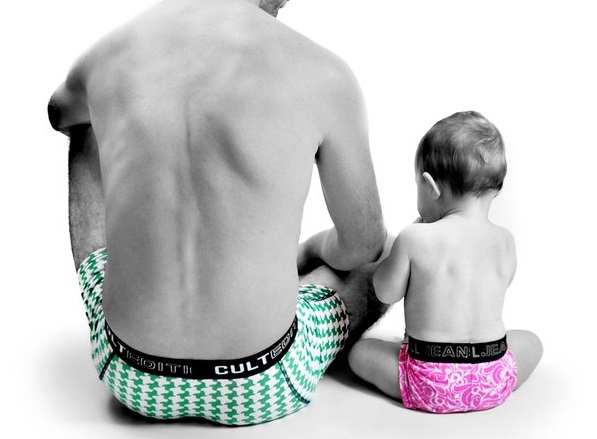Here’s some advice I read online: “It’s really like the person who is wearing the underwear… who is controlling the game?” I didn’t add the ellipsis, by the way. That’s exactly what the fellow, described as “an online wine guru,” said.
Now, either that is a stunningly bad metaphor, or I’m just not going to the right parties. I don’t know of any games that are controlled by the person who’s wearing the underwear. But the post was actually about self-disclosure in blogging.
The current thinking about company blogs is that they should be filled with personal information and bold stands on controversial topics. This makes your company more authentic, more human, and therefore more trustworthy.
We blog for a number of companies. Some of the blogs are more personal than others. Some are not personal at all. None involves underwear, though we once published a picture of a client’s staff in their jammies. That’s one of the more informal and personal ones, naturally.
If you supervise the blog for your company website, though, you might be wondering what level of self-disclosure is right for your company. If it’s true that showing your foibles and making yourself open and real and vulnerable and human (though the whole language and opposable thumbs for the keyboard thing should be a clue) is the way to successful marketing, then maybe it’s time to be the one wearing the underwear.
Hmmm. Still not really getting that metaphor.
Anyway, here are some things to consider when deciding what level of self-disclosure is most appropriate for your company’s blog:
- Some industries look better in their underwear than others. While I might shop with someone who seems fun and playful, and I might want to read books written by someone who shares his or her vulnerable side, I don’t really want to think of my banker as a fallible human with insecurities and pet peeves. I don’t want a pharmacist who’s an unpredictable party guy. For some jobs, warm is good but so is discreet and competent.
- Look into the future — or at least remember the past. Things continue to be available on the internet for a long time. Will your future plans, or the future plans of your company, accommodate extremes of self-disclosure now? If revealing your foibles, flaws, and the breadth of your vocabulary of four letter words on the company blog turns out to be a passing fad, will you want an archive of that stuff to follow you around? I worked as an artist’s model when I was a student, for photographers and drawing classes — it paid much better than the campus library did, and there’s nothing wrong with the job. But I can tell you I’m now glad that Facebook wasn’t around at the time.
- Keep it real. Sometimes a more reserved approach is more honest. Maybe you don’t want to live out loud, you want a private life, and you’re meticulous about your public image. If that’s the reality, then faking a more personal tone for the sake of fashion isn’t really self-disclosure at all.
Thinking of these things should make it easier to decide the level of informality and self-disclosure you’re comfortable with in your company blog. Share that decision with your web team or blogger.
One last note: make sure that any secrets you reveal are your own.


Leave a Reply